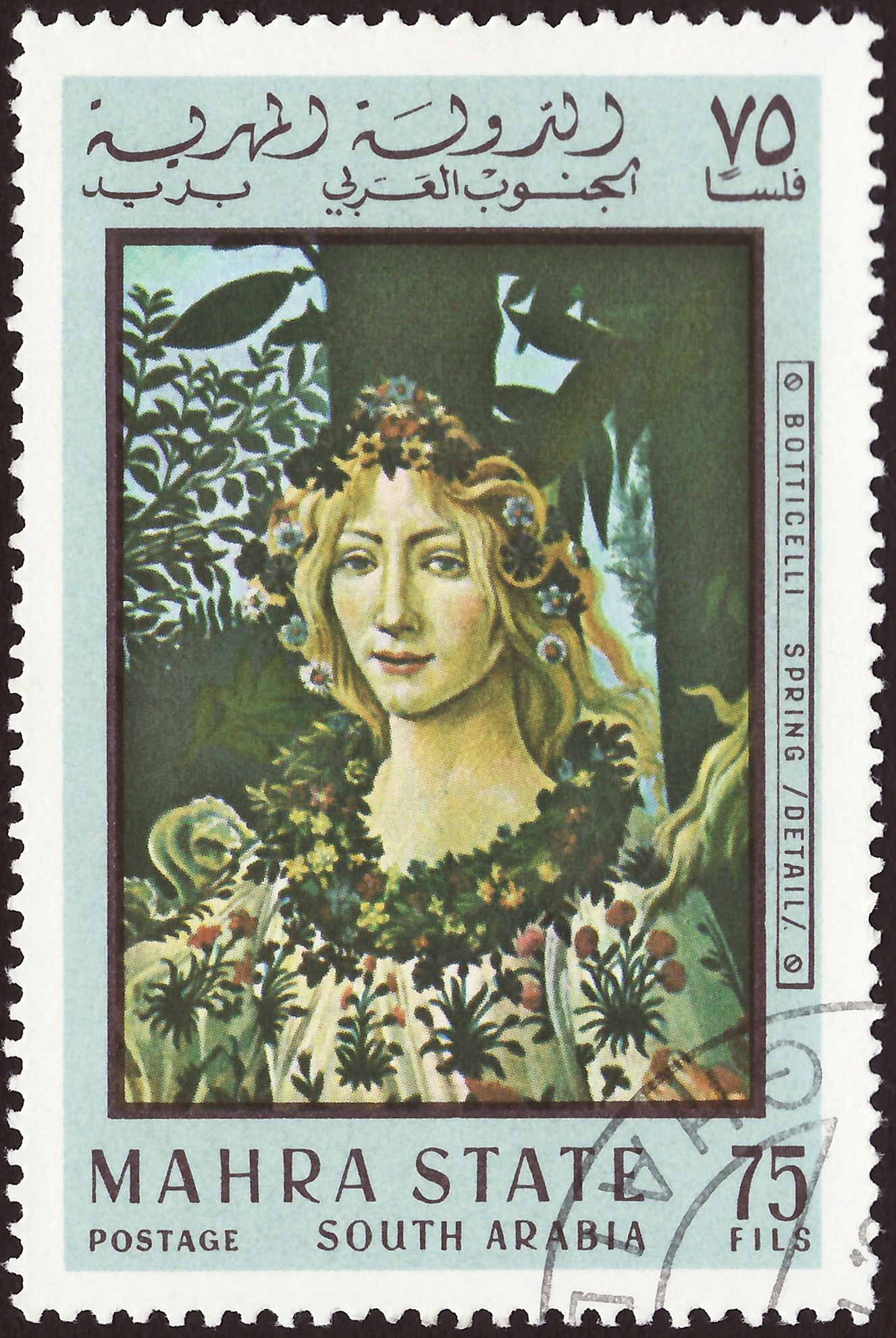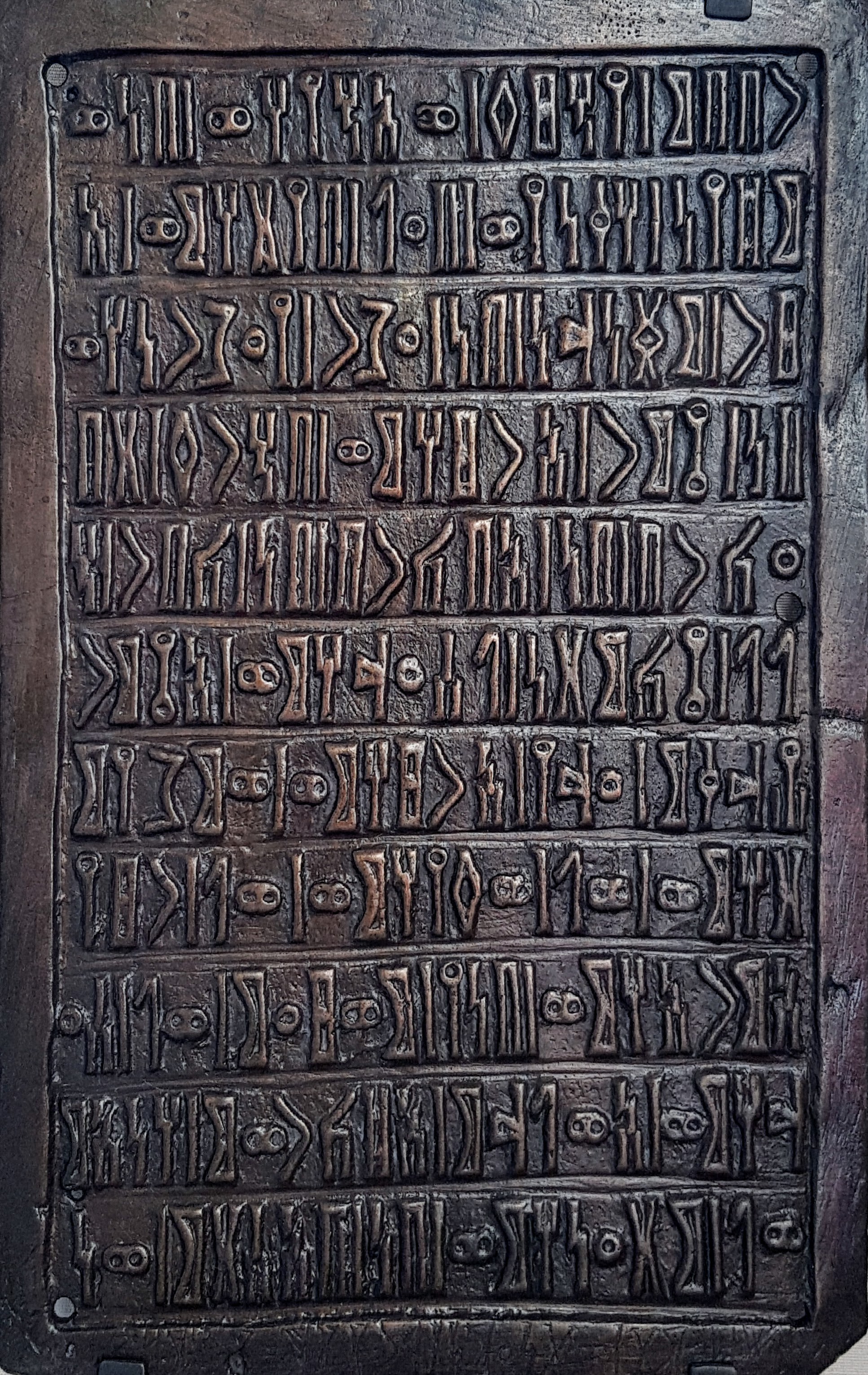|
Socotra Governorate
The Socotra Archipelago ( '), officially the Socotra Archipelago Governorate ( '), abbreviated to Socotra Governorate ( '), is one of the governorates of Yemen, governorates of Yemen. It includes a number of islands in the Indian Ocean south of mainland Yemen, the largest of which is Socotra. Etymology Scholars' views vary regarding the origin of the name of the island. The name Socotra may derive from: * A Greek name that is derived from the name of a South Arabian tribe mentioned in Sabaean language, Sabaic and Hadramautic language, Ḥaḑramitic inscriptions as Dhū-Śakūrid (S³krd). * The Arabian terms suq, market, and qutra, a vulgar form of qatir, which refers to dragon's blood. History Since before British Empire, British rule, Socotra had been part of the Mahra Sultanate but later the British captured it and made Socotra a part of Bombay Presidency in British India and so it remained till 1937. In 1937 British made it part of Aden Protectorate. With the indepen ... [...More Info...] [...Related Items...] OR: [Wikipedia] [Google] [Baidu] |
Governorates Of Yemen
The Republic of Yemen is divided into twenty-one governorates ('' muhafazah'') and one municipality ( amanah): The governorates are subdivided into 333 districts (''muderiah''), which are subdivided into 1,996 sub-districts, and then into 40,793 villages and 88,817 sub villages (as of 2013). Before 1990, Yemen existed as two separate entities. South Yemen consisted of modern Aden, Abyan, Mahrah, Dhale, Hadramaut, Socotra, Lahij, and Shabwah Governorates, while the rest made up North Yemen. For more information, see Historic Governorates of Yemen. List of governorates Notes: a - Also known as Sanaa City, it is not part of any federal region b - Socotra Governorate was created in December 2013 from parts of the Hadhramaut Governorate, data included there See also * ISO 3166-2:YE References {{DEFAULTSORT:Governorates of Yemen Subdivisions of Yemen Yemen, Governorates Yemen 1 Governorates, Yemen Yemen geography-related lists Yemen Yemen, officially ... [...More Info...] [...Related Items...] OR: [Wikipedia] [Google] [Baidu] |
UNESCO
The United Nations Educational, Scientific and Cultural Organization (UNESCO ) is a List of specialized agencies of the United Nations, specialized agency of the United Nations (UN) with the aim of promoting world peace and International security, security through international cooperation in education, arts, sciences and culture. It has 194 Member states of UNESCO, member states and 12 associate members, as well as partners in the Non-governmental organization, non-governmental, Intergovernmental organization, intergovernmental and private sector. Headquartered in Paris, France, UNESCO has 53 regional field offices and 199 National Commissions for UNESCO, national commissions. UNESCO was founded in 1945 as the successor to the League of Nations' International Committee on Intellectual Cooperation.English summary). UNESCO's founding mission, which was shaped by the events of World War II, is to advance peace, sustainable development and human rights by facilitating collaboratio ... [...More Info...] [...Related Items...] OR: [Wikipedia] [Google] [Baidu] |
British India
The provinces of India, earlier presidencies of British India and still earlier, presidency towns, were the administrative divisions of British governance in South Asia. Collectively, they have been called British India. In one form or another, they existed between 1612 and 1947, conventionally divided into three historical periods: *Between 1612 and 1757, the East India Company set up "factories" (trading posts) in several locations, mostly in coastal India, with the consent of the Mughal emperors, Maratha Empire or local rulers. Its rivals were the merchant trading companies of Portugal, Denmark, the Netherlands, and France. By the mid-18th century three ''Presidency towns'': Madras, Bombay and Calcutta, had grown in size. *During the period of Company rule in India, 1757–1858, the Company gradually acquired sovereignty over large parts of India, now called "Presidencies". However, it also increasingly came under British government oversight, in effect sharing sovereig ... [...More Info...] [...Related Items...] OR: [Wikipedia] [Google] [Baidu] |
Mahra Sultanate
The Mahra Sultanate, known in its later years as the Mahra State of Qishn and Socotra ( ') or sometimes the Mahra Sultanate of Ghayda and Socotra ( '), was a sultanate that included the historical region of Al Mahrah Governorate, Mahra and the Guardafui Channel island of Socotra in what is now eastern Yemen. It was ruled by the Banu Afrar dynasty for most of its history. The Sultanate was inhabited by the Mehri people who spoke the Mehri language, Mahri language, a modern South Arabian language. The Mehri share, with their regional neighbours on the island of Socotra and in Dhofar, cultural traditions like a modern South Arabian language, and frankincense agriculture. The region benefits from a coastal climate, distinct from the surrounding desert climate, with seasons dominated by the ''khareef'' or monsoon. In 1886, the Sultanate came under the British-ruled Aden Protectorate and later under the Protectorate of South Arabia. The Sultanate was abolished in 1967 upon the founding ... [...More Info...] [...Related Items...] OR: [Wikipedia] [Google] [Baidu] |
British Empire
The British Empire comprised the dominions, Crown colony, colonies, protectorates, League of Nations mandate, mandates, and other Dependent territory, territories ruled or administered by the United Kingdom and its predecessor states. It began with the English overseas possessions, overseas possessions and trading posts established by Kingdom of England, England in the late 16th and early 17th centuries, and colonisation attempts by Kingdom of Scotland, Scotland during the 17th century. At its height in the 19th and early 20th centuries, it became the List of largest empires, largest empire in history and, for a century, was the foremost global power. By 1913, the British Empire held sway over 412 million people, of the world population at the time, and by 1920, it covered , of the Earth's total land area. As a result, Westminster system, its constitutional, Common law, legal, English language, linguistic, and Culture of the United Kingdom, cultural legacy is widespread. ... [...More Info...] [...Related Items...] OR: [Wikipedia] [Google] [Baidu] |
Dragon's Blood
Dragon's blood is a bright red resin which is obtained from different species of a number of distinct plant genera: '' Calamus'' spp. (previously ''Daemonorops'') also including '' Calamus rotang'', '' Croton'', '' Dracaena'' and ''Pterocarpus''. The red resin has been in continuous use since ancient times as varnish, medicine, incense, pigment, and dye. Name and source A great degree of confusion existed for the ancients in regard to the source and identity of dragon's blood. Some medieval encyclopedias claimed its source as the literal blood of elephants and dragons who had perished in mortal combat. The resin of '' Dracaena'' species, "true" dragon's blood, and the very poisonous mineral cinnabar (mercury sulfide) were often confused by the ancient Romans. In ancient China, little or no distinction was made among the types of dragon's blood from the different species. Both ''Dracaena'' and '' Calamus'' resins are still often marketed today as dragon's blood, with little or ... [...More Info...] [...Related Items...] OR: [Wikipedia] [Google] [Baidu] |
Hadramautic Language
Ḥaḍramautic or Ḥaḍramitic was the easternmost of the four known languages of the Old South Arabian subgroup of the Semitic languages. It was used in the Kingdom of Hadhramaut and also the area round the Hadhramite capital of Shabwa, in what is now Yemen. The Hadramites also controlled the trade in frankincense through their important trading post of Sumhuram (Hadramautic ), now Khor Rori in the Dhofar Governorate, Oman. Script and phonology Almost the entire body of evidence for the ancient Ḥaḑramautic language comes from inscriptions written in the monumental Ancient South Arabian script, consisting of 29 letters, and deriving from the Proto-Sinaitic script. The sounds of the language were essentially the same as those of Sabaic. Noteworthy characteristics of Ḥaḑramautic include its tendency, especially in inscriptions from Wadi Ḥaḍhramaut, to represent Old South Arabian ''ṯ'' as ''s3'': thus we find s2ls3 ("three"; cf. Sabaean ''s2lṯ''.) There are also ... [...More Info...] [...Related Items...] OR: [Wikipedia] [Google] [Baidu] |
Sabaean Language
Sabaic, sometimes referred to as Sabaean, was a Sayhadic language that was spoken between c. 1000 BC and the 6th century AD by the Sabaeans. It was used as a written language by some other peoples of the ancient civilization of South Arabia, including the Ḥimyarites, Ḥashidites, Ṣirwāḥites, Humlanites, Ghaymānites, and Radmānites. Sabaic belongs to the South Arabian Semitic branch of the Afroasiatic language family. Sabaic is distinguished from the other members of the Sayhadic group by its use of ''h'' to mark the third person and as a causative prefix; all of the other languages use ''s1'' in those cases. Therefore, Sabaic is called an ''h''-language and the others ''s''-languages. Numerous other Sabaic inscriptions have also been found dating back to the Sabean colonization of Africa. Sabaic is very similar to Arabic and the languages may have been mutually intelligible. Script Sabaic was written in the South Arabian alphabet, and like Hebrew and Arabic mar ... [...More Info...] [...Related Items...] OR: [Wikipedia] [Google] [Baidu] |
South Arabia
South Arabia (), or Greater Yemen, is a historical region that consists of the southern region of the Arabian Peninsula in West Asia, mainly centered in what is now the Republic of Yemen, yet it has also historically included Najran, Jazan, and Asir, which are presently in Saudi Arabia, and Dhofar of present-day Oman. South Arabia is inhabited by people possessing distinctive linguistic and ethnic affinities, as well as traditions and culture, transcending recent political boundaries. There are two indigenous language groups: the now extinct Old South Arabian languages and the unrelated Modern South Arabian languages, both members of the Semitic family. Etymology The term ''Yamnat'' was mentioned in Old South Arabian inscriptions on the title of one of the kings of the second Himyarite Kingdom known as Shammar Yahrʽish II. The term was probably referring to the southwestern coastline of the Arabian peninsula and the southern coastline between Aden and Hadramout. One ... [...More Info...] [...Related Items...] OR: [Wikipedia] [Google] [Baidu] |
Yemen
Yemen, officially the Republic of Yemen, is a country in West Asia. Located in South Arabia, southern Arabia, it borders Saudi Arabia to Saudi Arabia–Yemen border, the north, Oman to Oman–Yemen border, the northeast, the south-eastern part of the Arabian Sea to the east, the Gulf of Aden to the south, and the Red Sea to the west, sharing maritime boundary, maritime borders with Djibouti, Eritrea, and Somalia across the Horn of Africa. Covering roughly 455,503 square kilometres (175,871 square miles), with a coastline of approximately , Yemen is the second largest country on the Arabian Peninsula. Sanaa is its constitutional capital and largest city. Yemen's estimated population is 34.7 million, mostly Arabs, Arab Muslims. It is a member of the Arab League, the United Nations, the Non-Aligned Movement and the Organisation of Islamic Cooperation. Owing to its geographic location, Yemen has been at the crossroads of many civilisations for over 7,000 years. In 1200 BCE, the Sab ... [...More Info...] [...Related Items...] OR: [Wikipedia] [Google] [Baidu] |
Governorates Of Yemen
The Republic of Yemen is divided into twenty-one governorates ('' muhafazah'') and one municipality ( amanah): The governorates are subdivided into 333 districts (''muderiah''), which are subdivided into 1,996 sub-districts, and then into 40,793 villages and 88,817 sub villages (as of 2013). Before 1990, Yemen existed as two separate entities. South Yemen consisted of modern Aden, Abyan, Mahrah, Dhale, Hadramaut, Socotra, Lahij, and Shabwah Governorates, while the rest made up North Yemen. For more information, see Historic Governorates of Yemen. List of governorates Notes: a - Also known as Sanaa City, it is not part of any federal region b - Socotra Governorate was created in December 2013 from parts of the Hadhramaut Governorate, data included there See also * ISO 3166-2:YE References {{DEFAULTSORT:Governorates of Yemen Subdivisions of Yemen Yemen, Governorates Yemen 1 Governorates, Yemen Yemen geography-related lists Yemen Yemen, officially ... [...More Info...] [...Related Items...] OR: [Wikipedia] [Google] [Baidu] |






